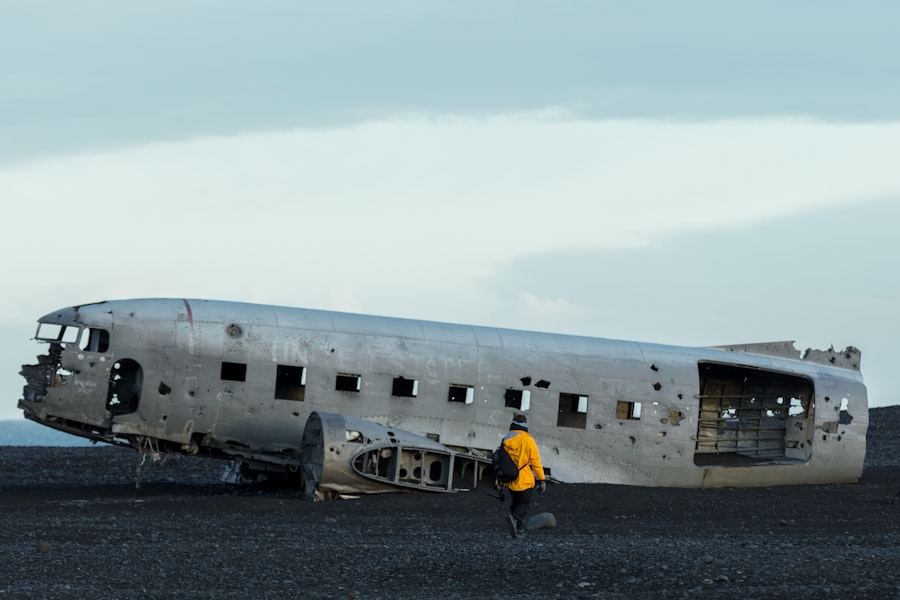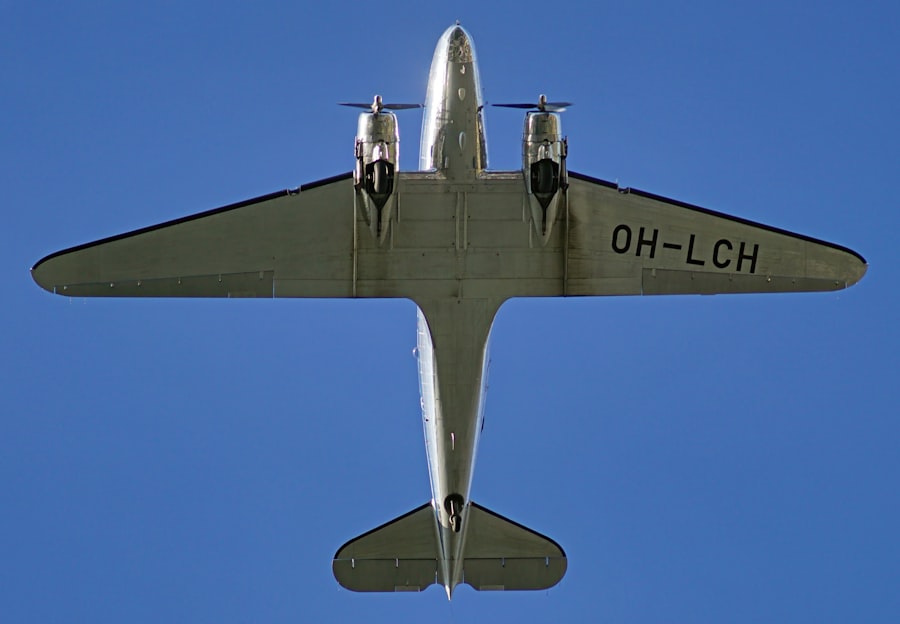The Embraer 190, a member of the E-Jet family, has carved a significant niche in the regional jet market since its introduction in the early 2000s. Developed by the Brazilian aerospace company Embraer, this aircraft was designed to meet the growing demand for efficient, comfortable, and cost-effective regional air travel. With its first flight occurring in 2004 and subsequent entry into service in 2005, the Embraer 190 quickly gained recognition for its innovative design and operational capabilities.
It has since become a popular choice among airlines looking to serve short to medium-haul routes with a modern aircraft that balances performance and passenger comfort. The E-Jet family, which includes the Embraer 170, 175, 190, and 195, was developed to provide airlines with a versatile solution for regional operations. The Embraer 190 specifically stands out due to its capacity to accommodate between 94 to 114 passengers, depending on the configuration chosen by the airline.
This flexibility allows operators to tailor their services to meet varying demand levels while maintaining operational efficiency. The aircraft’s design philosophy emphasizes not only performance but also passenger experience, making it a compelling option for both airlines and travelers alike.
Key Takeaways
- The Embraer 190 is a popular narrow-body, twin-engine jet airliner designed and produced by Brazilian aerospace company Embraer.
- The aircraft features a spacious cabin with a 2-2 seating configuration, large windows, and overhead storage bins, providing a comfortable and enjoyable passenger experience.
- With its efficient fuel consumption and impressive range, the Embraer 190 offers excellent performance and operating efficiency for airlines.
- The maintenance and operating costs of the Embraer 190 are relatively low, making it an attractive option for airlines looking to minimize expenses.
- The Embraer 190 has a strong safety record and is known for its reliability, making it a competitive choice in the market, especially against its main competitors in the regional jet segment.
Design and Features of the Embraer 190
The design of the Embraer 190 is characterized by its sleek fuselage and advanced aerodynamics, which contribute to its overall efficiency and performance. The aircraft features a wingspan of approximately 28.7 meters (94 feet), equipped with winglets that enhance fuel efficiency by reducing drag during flight. The wings are designed with a high aspect ratio, allowing for improved lift characteristics and better fuel economy.
This aerodynamic design is complemented by the aircraft’s powerful engines, which are mounted on the rear fuselage, providing a quieter cabin environment and reducing noise pollution during takeoff and landing. In terms of features, the Embraer 190 is equipped with state-of-the-art avionics and flight control systems that enhance safety and operational efficiency. The aircraft utilizes fly-by-wire technology, which allows for more precise control and improved handling characteristics.
Additionally, the cockpit is designed with a modern layout that includes large displays for pilots, providing them with critical flight information at a glance. The cabin is designed to maximize passenger comfort, featuring larger windows that allow for more natural light and an overall spacious feel. The interior can be configured in various layouts, accommodating different classes of service or maximizing seating capacity based on airline preferences.
Performance and Efficiency of the Embraer 190

The performance metrics of the Embraer 190 are impressive, particularly when considering its role as a regional jet. The aircraft is powered by two General Electric CF34-10E engines, each capable of producing up to 18,500 pounds of thrust. This power enables the Embraer 190 to achieve a maximum cruising speed of approximately Mach 0.82, allowing it to operate efficiently on both short and medium-haul routes.
Its range is another notable feature; the aircraft can fly distances of up to 4,600 kilometers (about 2,500 nautical miles), making it suitable for various regional markets. Fuel efficiency is a critical consideration for airlines operating in competitive markets, and the Embraer 190 excels in this area. The aircraft’s design incorporates advanced materials and technologies that reduce weight and improve fuel consumption.
On average, the Embraer 190 consumes around 3,000 liters of fuel per hour during cruise flight, translating to approximately 4.5 liters per passenger per 100 kilometers. This level of efficiency not only lowers operating costs for airlines but also aligns with growing environmental concerns regarding aviation emissions.
Cabin and Passenger Experience on the Embraer 190
| Aspect | Metric |
|---|---|
| Cabin Layout | Economy: 2-2 seating, Business: 1-2 seating |
| Cabin Width | 3.01 meters |
| Cabin Height | 2.00 meters |
| Noise Level | 78 dBA |
| In-flight Entertainment | Seat-back screens with on-demand movies and TV shows |
| Wi-Fi | Available for purchase |
| Seat Pitch | 30-32 inches in Economy, 36 inches in Business |
Passenger experience aboard the Embraer 190 is often highlighted as one of its standout features. The cabin is designed with comfort in mind, offering a spacious environment that enhances the overall travel experience. With a typical seat pitch ranging from 30 to 32 inches, passengers enjoy ample legroom compared to many other regional jets in its class.
The cabin layout can be configured in various ways, allowing airlines to offer different classes of service or maximize seating capacity based on demand. In addition to physical comfort, the Embraer 190 incorporates modern amenities that cater to today’s travelers. Many airlines equip their E-Jets with in-flight entertainment systems, Wi-Fi connectivity, and power outlets at each seat, ensuring that passengers remain connected and entertained throughout their journey.
The larger windows not only provide better views but also contribute to a more pleasant ambiance within the cabin. Overall, the combination of thoughtful design elements and modern technology makes flying on the Embraer 190 a favorable experience for passengers.
Maintenance and Operating Costs of the Embraer 190
When evaluating an aircraft’s viability for commercial operations, maintenance and operating costs are paramount considerations for airlines. The Embraer 190 is designed with ease of maintenance in mind, featuring accessible components that simplify routine inspections and repairs. This design philosophy helps reduce downtime and ensures that airlines can keep their fleets operational without incurring excessive costs.
Operating costs for the Embraer 190 are competitive within its class. The aircraft’s fuel efficiency translates directly into lower fuel expenses, which are typically one of the largest operational costs for airlines. Additionally, maintenance costs are generally lower than those associated with larger jets due to the simpler systems and components used in regional aircraft.
According to industry estimates, airlines operating the Embraer 190 can expect direct operating costs in the range of $3,500 to $4,500 per flight hour, depending on various factors such as route structure and operational practices.
Safety and Reliability of the Embraer 190

Safety is a critical aspect of aviation that cannot be overlooked, and the Embraer 190 has established a solid reputation in this regard. The aircraft is built to meet stringent international safety standards and has undergone rigorous testing throughout its development phase. It features multiple redundant systems that enhance reliability during flight operations.
For instance, the fly-by-wire system includes backup controls that ensure pilots can maintain control even in adverse conditions. The reliability of the Embraer 190 is further evidenced by its operational history since entering service. Airlines around the world have reported high dispatch reliability rates for this aircraft type, often exceeding 99%.
This reliability translates into fewer delays and cancellations for passengers, making it an attractive option for carriers looking to maintain high service levels. Additionally, ongoing support from Embraer through maintenance programs and spare parts availability ensures that operators can keep their fleets in optimal condition.
Market Outlook and Competitors of the Embraer 190
The market outlook for the Embraer 190 remains positive as airlines continue to seek efficient solutions for regional air travel. With increasing demand for air travel globally, particularly in emerging markets, there is a growing need for aircraft that can operate effectively on shorter routes while providing comfort and reliability. The Embraer 190’s performance characteristics position it well against competitors such as the Bombardier CRJ series and newer entrants like the Mitsubishi SpaceJet.
In recent years, competition has intensified with the introduction of new aircraft models designed specifically for regional operations. However, the Embraer 190 has maintained its appeal due to its established track record and ongoing support from Embraer. Airlines appreciate not only its operational efficiency but also its ability to adapt to changing market conditions through various seating configurations and service offerings.
As airlines continue to modernize their fleets in response to evolving passenger expectations and environmental regulations, the Embraer 190 is likely to remain a key player in the regional jet segment.
The Future of the Embraer 190
Looking ahead, the future of the Embraer 190 appears promising as it continues to meet the demands of modern air travel while addressing operational challenges faced by airlines worldwide. With advancements in technology and ongoing improvements in fuel efficiency and passenger comfort, this aircraft remains relevant in an ever-evolving aviation landscape. As airlines increasingly prioritize sustainability alongside profitability, the Embraer 190’s efficient design positions it favorably against competitors.
Moreover, as global air travel continues to rebound post-pandemic, regional jets like the Embraer 190 will play an essential role in connecting smaller markets with larger hubs. Its versatility allows airlines to respond quickly to changing demand patterns while maintaining high service standards for passengers. As such, while new models may emerge in the coming years, the Embraer 190 is likely to retain its status as a preferred choice among regional carriers seeking reliability, efficiency, and passenger satisfaction in their operations.


